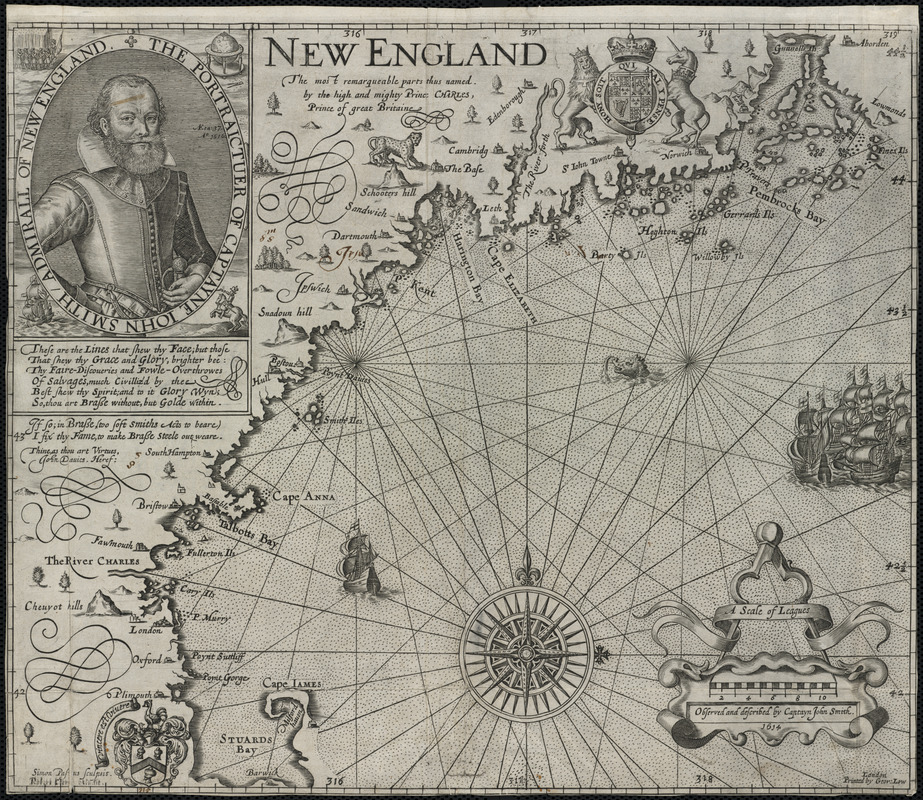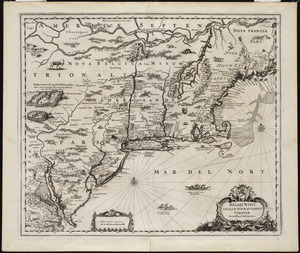Grade 3 students in Burlington, MA complete a full unit on the "First Thanksgiving", which includes learning about the Pilgrims and the Wampanoag, Native Americans. Thus, I was very glad to have the opportunity to more closely examine the history and landscape of 17th-Century New England during the Summer 2017 NEH Workshop: "Mapping a New World: Places of Conflict and Colonization in 17th-Century New England". The workshop enabled me to increase my knowledge and understanding of the different perspectives with which European settlers and Native communities viewed the New England region and how that affected their relationships and interactions. As an instructional technology specialist in the Burlington, MA public schools, I am always looking for new knowledge and primary sources to share with students using technology and the workshop provided several!
During their unit of study, grade 3 students also explore websites with interactive tours of Plymouth Plantation to introduce them to information about the founding of Plymouth Colony and the similarities and differences between the lifestyles of Pilgrims and the Wampanoags. Adding this set of online, digitized primary source maps and documents about 17-Century New England and the founding of the Plymouth colony will provide grade 3 students with first-hand accounts of the people, places, and events in early New England history. With a more precise picture of the events that occurred from 1620-1621, students should be able to better make connections with the history they are learning about in their Massachusetts grade 3 social studies curriculum.
Students in the elementary grades 3, 4 and 5, are also learning to compare and contrast information from multiple sources, demonstrating the ability to use technology for research and critical thinking. Using this map-set students should ask, "Do the primary sources tell a different story, or do they confirm information that they have already learned?". Exploring the sources students should not only observe and collect facts, but start making inferences and develop new inquiries to enhance their knowledge of early colonization in 17th-Century New England. Students will begin to explore how the language and perspective they see used in maps and documents reveals how New England was viewed in the European imagination. Then students should begin to see how that European view was so different from that of the Native Americans.
In Burlington, all elementary students in grades 1-5 have their own iPads. With these devices available right in their classrooms, there is a great opportunity to educate students and teachers to the importance and ever increasing availability of primary sources online and teach how to use and access them. Likewise, I will be updating my school websites with links to this map-set and providing updated information about accessing and using primary source collections online for other subjects as well.












